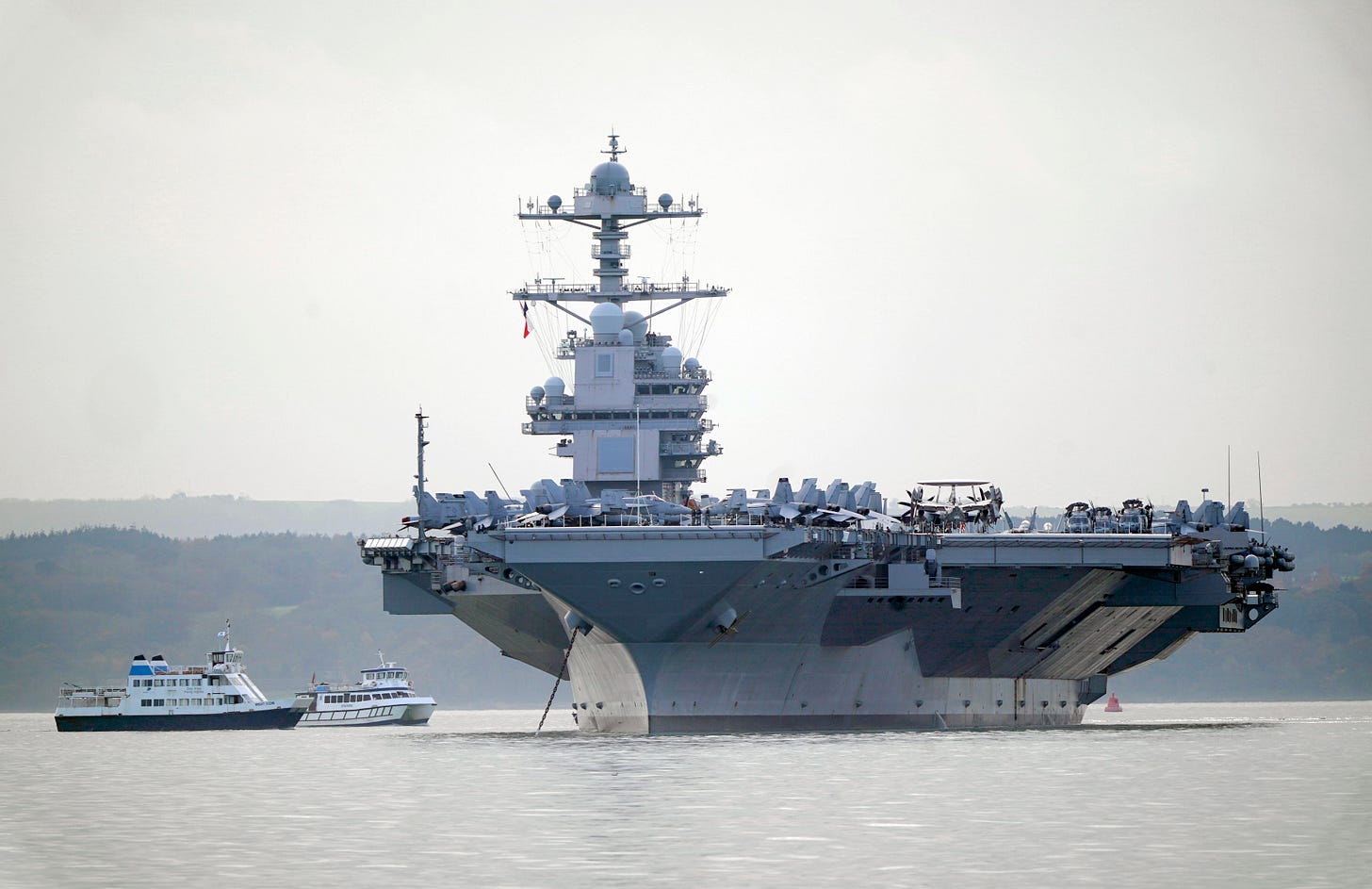All eyes turn to the Fordow plant in the Middle East crisis
Israel is now in a race against time to smash Iran’s missile production facilities, in particular its ballistic weapons programme.
Hello and welcome to Hostile World with Chris Hughes, a weekly newsletter about the world of defence and geopolitics. You can subscribe here and follow me on Twitter @defencechris. Thank you!
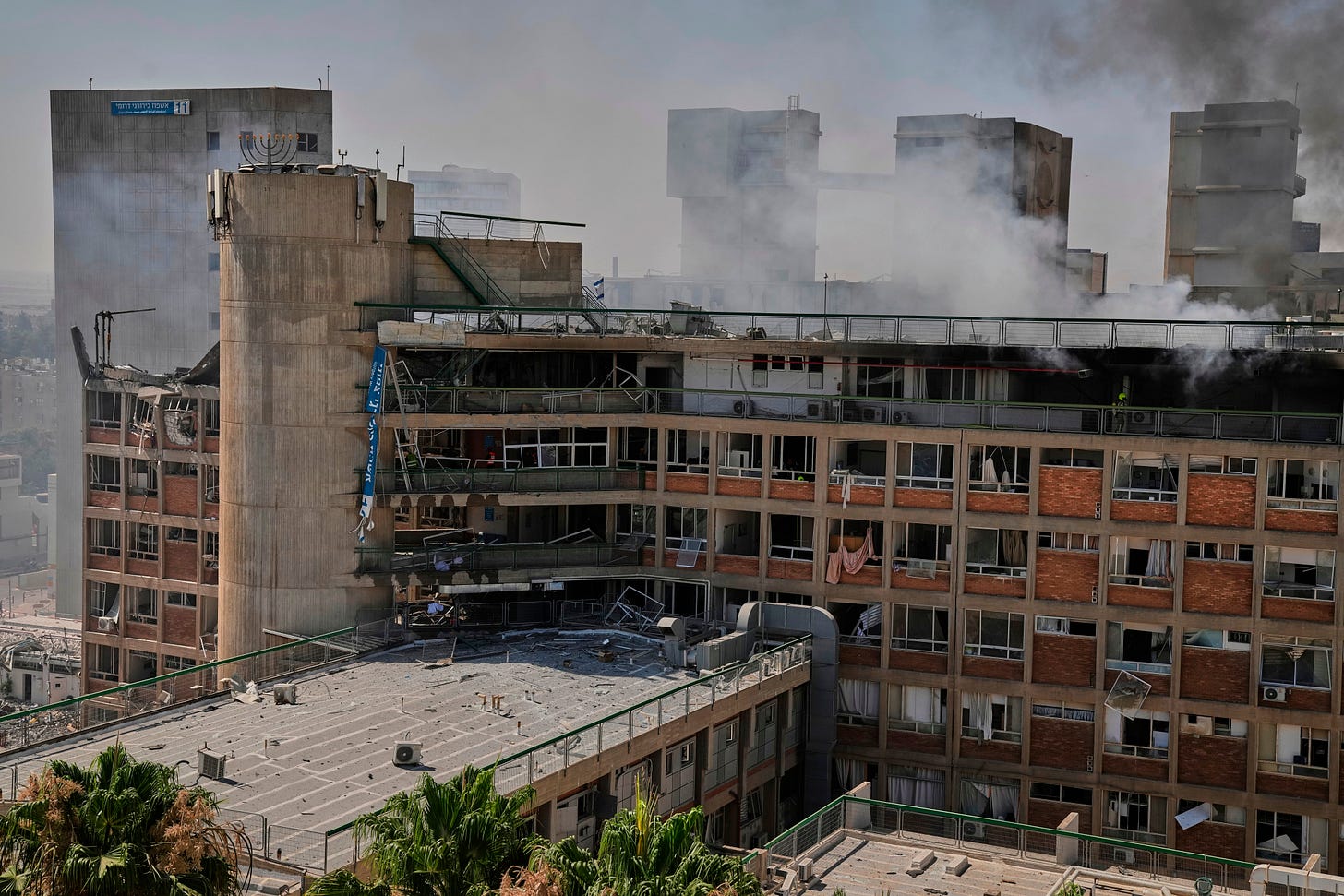
Israel’s main Soroka hospital - in Beersheba, to the south - has been badly hit, wounding a number of people. A Tel Aviv apartment block was also smashed.
Around 40 people have been wounded overnight and Iran is showing no sign of bowing to US President Donald Trump’s ill-thought out demand for ‘unconditional surrender.’ Ominously, the Ayatollah Khamenei has replied simply with the words ‘no mercy.’
This is a fast-moving crisis, and the steady build-up of US forces in the region is staggeringly powerful.
In the past 24 hours Israeli warplanes have struck Iranian nuclear and missile sites, while Tel Aviv says it has air supremacy over Tehran’s forces.
That said, the first Israeli plane - a drone - has been shot down within the past 24 hours.
Just last night, I heard a dozen more US F-22 Raptor fighters are heading to Jordan after stopping at the UK’s RAF Lakeheath to bolster Israeli defences.
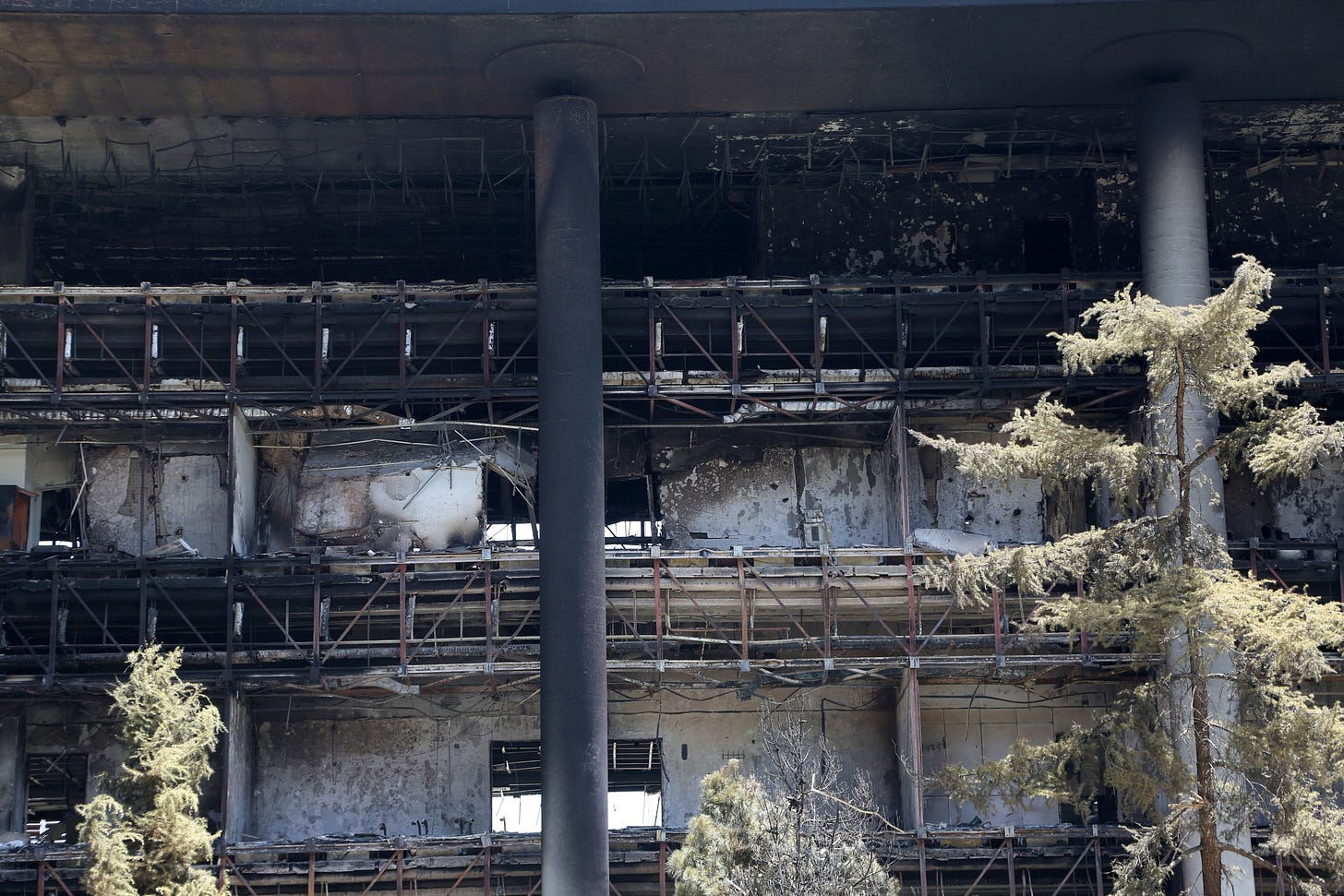
As many as three massive US Carrier Strike groups are either in the Middle East or on their way, each with five destroyers plus submarines.
The USS Gerald R. Ford and USS Nimitz are joining USS Carl Vinson, which is already in the region.
Each has squadrons of around 40 F-18 fighters primed for attack - and then there is the much vaunted B-2 Heavy Stealth Bomber.
This is the only warplane capable of carrying the GBU-57 Massive Ordnance Penetrator bomb Israel needs to destroy the Fordow nuclear fuel enrichment plant.
It lies deep underground, but the 13 ton MOP is capable of powering into the earth to a distance of around 60 metres.
This warplane is likely on standby in Diego Garcia in the Indian Ocean, in case US President Donald Trump decides to give US involvement in the war the green light.
Crucial to Israel’s war effort is destroying the Fordow complex, and all eyes will inevitably switch towards that in the coming days - and it is said that the GBU-57 is the only bomb that can hit it.
According to the Centre for Strategic and International Studies, all of the options for destroying it carry the risk of escalation.
It notes that the United States has just 20 of these weapons, and has never used them in combat.
Use of the GBU-57 comes at the risk of failing completely to destroy Fordow, since some parts of the facility may be a mile underground.
It is possible serious damage could be done to it, however, leading to it being unlikely that Iran might try to rebuild it.
Involvement of the US also puts tens of thousands of US troops at risk in the region, along with embassy staff, triggering the need for billions of dollars to be spent on beefing up security.
Iran is highly likely to target these.
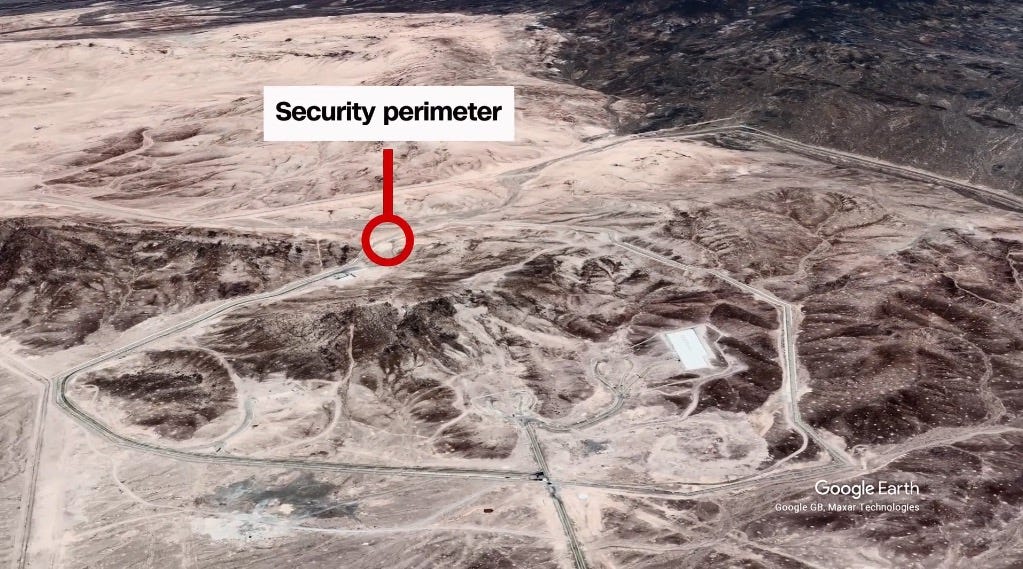
Or Israel could continue repeatedly to hit Fordow with its GBU-28 and BLU-109 deep penetration bombs.
They are not as capable of depth as the GBU-57, but could still cause damage.
These are delivered by Israeli F-15s, and it is suspected they have already been used by Israel on Iran, in particular on the Natanz nuclear site and perhaps on Fordow.
The BLU-109 was also used with devastating success in Lebanon against Hezbollah targets sheltering deep underground.
Experts at the Centre for Strategic and International Studies assess that it may be possible that entrances and vent systems could be hit by these weapons, putting back the nuclear programme significantly.
But one thing that must not be discounted; Israel’s ability to plant commandos and dissident agents deep inside Iran in order to sabotage them
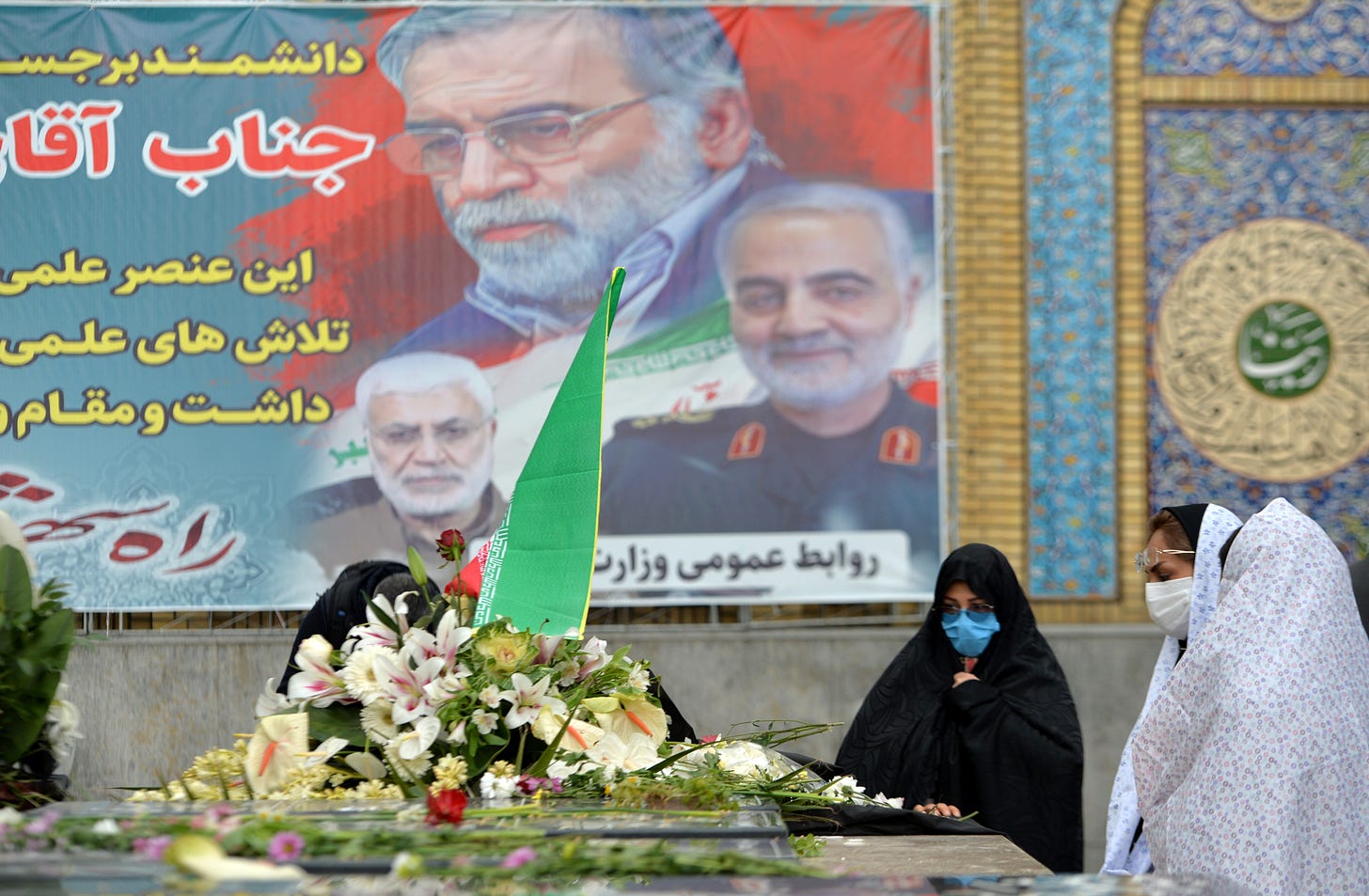
The CSIS notes that “Israel has a long and relatively successful history of using sabotage to set back Iran’s nuclear program.
“Israel was a key contributor to the 2010 Stuxnet cyberattack on Natanz, including by contributing malware and providing a staging ground.
“In 2020, Israel killed Iranian lead nuclear scientist Mohsen Fakhrizadeh using a remote-controlled machine gun, although Israel has never confirmed its involvement in the assassination.
“Other sabotage efforts included the use of car bombs and motorcycle gunmen to assassinate key military and nuclear figures in Iran.”
Israel could cut the power supply to Fordow, and this would apparently cause the centrifuges to spin out of control and be ruined.
A cyberattack, similar to Stuxnet could also be launched.
But the most compelling - and something Israel is very likely to consider - would be an extremely risky on-the-ground sabotage mission.
According to some sources, Israel has already wargamed this as an exercise.
According to CSIS: “One plan entailed commandos being dropped at the site by helicopter, fighting their way inside the facility, then blowing it up.
“This plan was briefed to Obama-era officials, so additional and more sophisticated plans may have been developed and exercised in the meantime.
“Of all the ways to destroy Fordow, this comes with the lowest risk of regional escalation but also a high likelihood of success.
“To be sure, Israeli forces would be taking on significant risk by putting boots on the ground, and there is the potential that they would not be able to gain access or destroy the full facility. Given Israel’s strong track record of success using sabotage, however, this could present the best short-term option for destroying Fordow without direct U.S. involvement.”
I must add, in my view it is highly unlikely that Israel could use a nuclear weapon.

The consequences of this would be horrific - not just destroying the surrounding environment but also breaking the Middle East nuclear seal, escalating the desire for other Middle East countries to gain nuclear weapons.
Or, all parties could return to trying to dismantle Iran’s nuclear program through diplomacy.
Obviously these talks are now on hold, due to being, for all intents and purposes, at war.
For now it seems a commando raid would be the least incendiary, if that is possible.
But the odds of an American strike with its B-2 bomber seems likely.
Thank you
I hope you’ve enjoyed my latest newsletter. If you have been forwarded this email and would like to sign up, you can do that right here.
Let me know your thoughts in the comments and see you next week,
Chris




